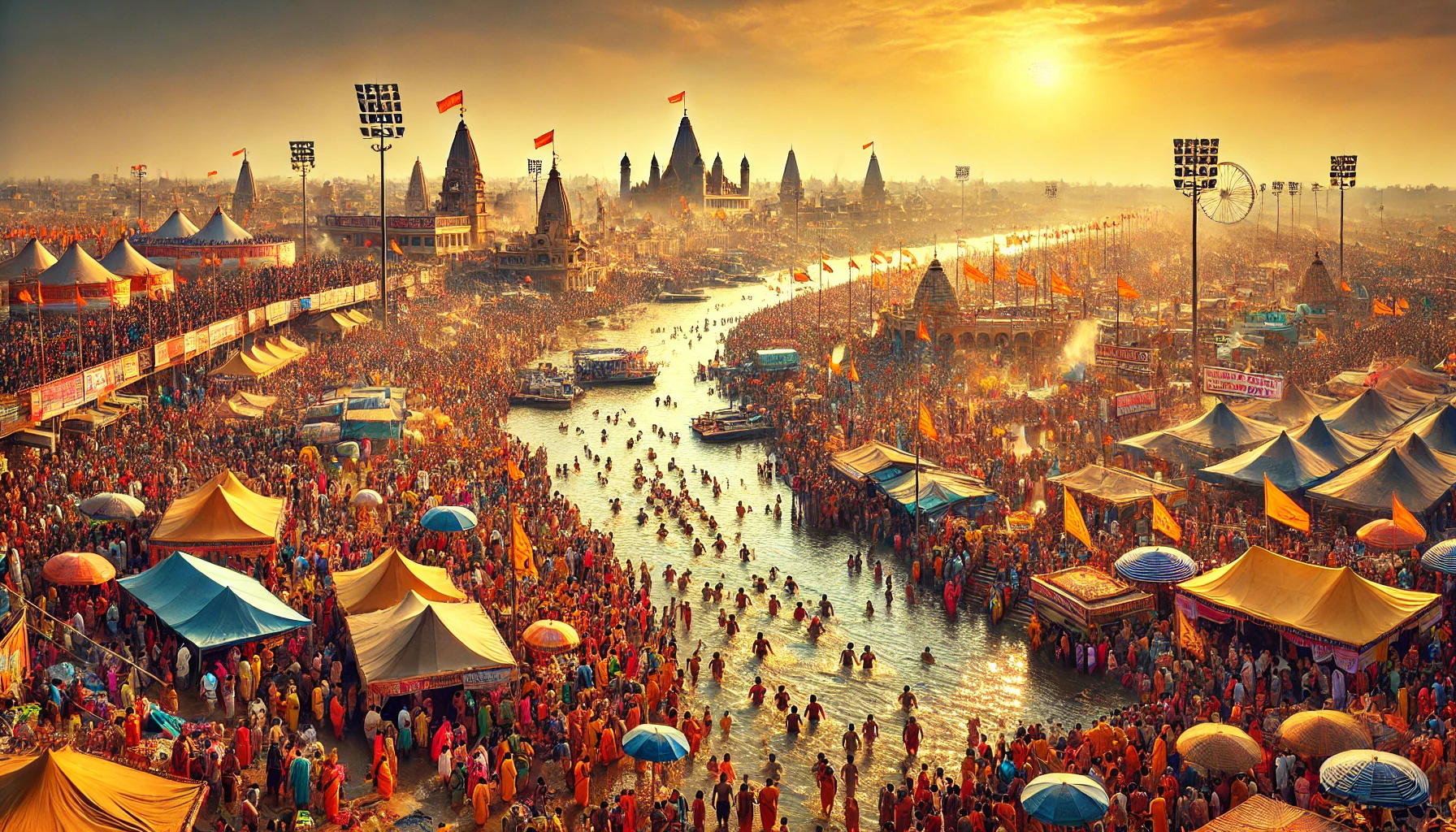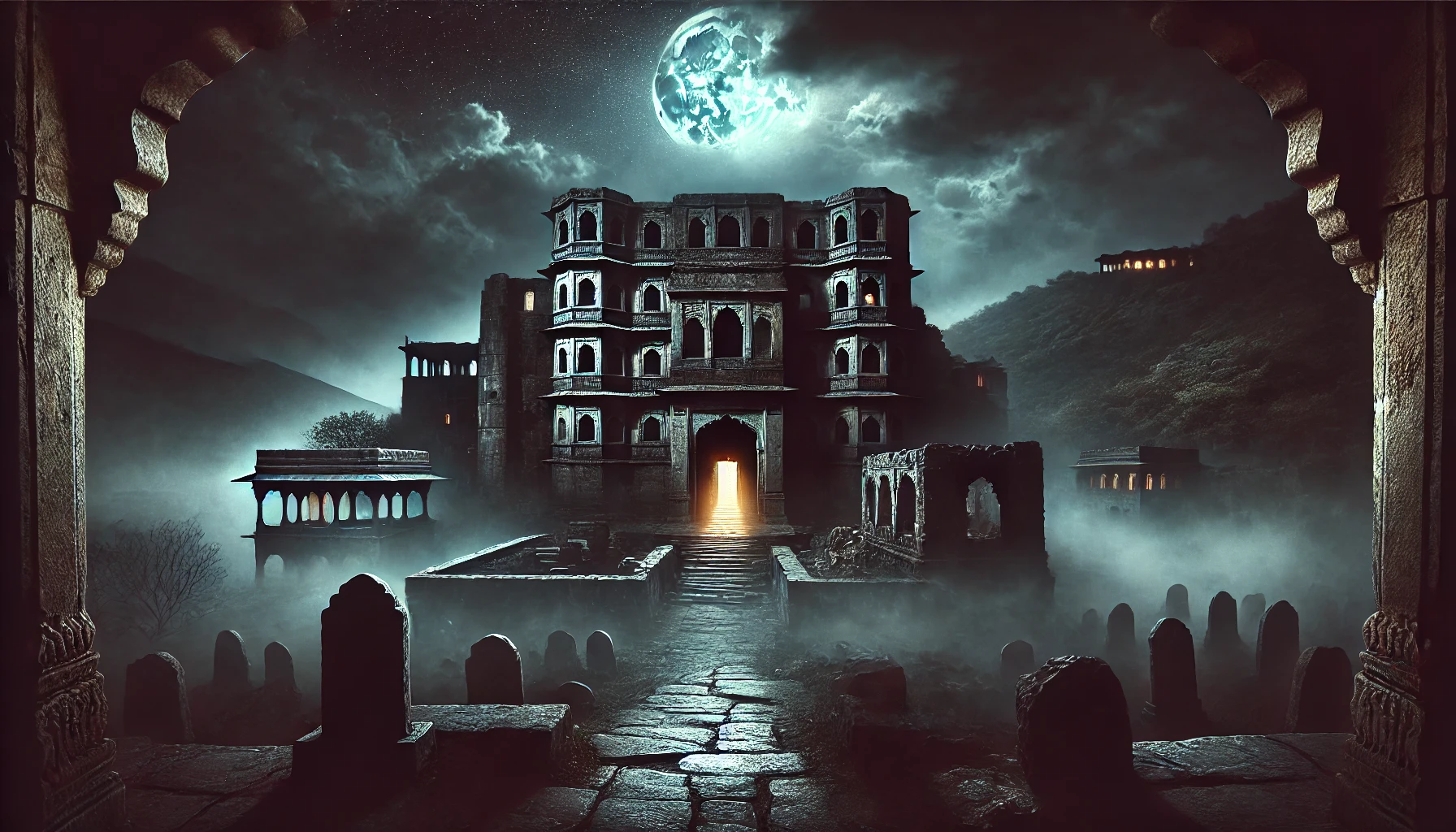
The Maha Kumbh Mela: India’s Grand Spiritual Gathering
The Maha Kumbh Mela, the largest spiritual gathering on Earth, is a deeply revered Hindu festival that attracts millions of pilgrims, ascetics, and tourists. This grand event is held at specific locations in India, each with immense spiritual and mythological significance. Let us explore the unique aspects of the Maha Kumbh Mela—its locations, the celestial reasons behind its occurrence every 12 and 144 years, and its profound spiritual importance.
Where in India Does the Maha Kumbh Mela Happen?
The Kumbh Mela rotates between four sacred locations in India, all associated with the nectar of immortality (amrita) in Hindu mythology. These locations are:
-
Prayagraj (Allahabad): The confluence of the Ganga, Yamuna, and the mythical Saraswati rivers. This site holds the Maha Kumbh Mela every 144 years.
-
Haridwar: Situated on the banks of the holy river Ganga, this site is believed to have immense spiritual power.
-
Ujjain: Located on the banks of the Shipra River, this site is associated with Lord Shiva and the sacred Mahakaleshwar Temple.
-
Nashik: Situated on the banks of the Godavari River, this site is revered for its connection to Lord Rama.
While the Kumbh Mela is celebrated every 12 years at these locations in a rotating manner, the Maha Kumbh Mela is a special event that occurs only at Prayagraj, making it a once-in-144-years phenomenon.
Why Does the Kumbh Mela Occur Every 12 Years?
The Kumbh Mela’s timing is based on the revolution of Jupiter (Brihaspati) around the Sun and its position in the zodiac signs (“rashi”). Jupiter takes approximately 12 years to complete one full revolution of the Sun, passing through all 12 zodiac signs (one sign per year). During this cycle:
- When Jupiter aligns with specific zodiac signs, and the Sun and Moon are in complementary positions, the Kumbh Mela is celebrated at one of the four sacred locations.
- This alignment amplifies the spiritual energy of these places, making it an auspicious time for holy dips in the sacred rivers.
Why Does the Maha Kumbh Mela Occur Every 144 Years?
The Maha Kumbh Mela is a far rarer event that requires a very specific celestial alignment involving Jupiter, the Sun, and the Moon. Let’s understand the astronomical basis:
1. Jupiter’s Revolution Time
-
Jupiter completes one full revolution around the Sun every 12 years, passing through each of the 12 zodiac signs.
2. The 12-Year Kumbh Mela Cycle
-
Each Kumbh Mela corresponds to Jupiter’s position in a specific zodiac sign, combined with the Sun’s and Moon’s positions. For instance:
- Prayagraj: Jupiter in Taurus (Vrishabha), Sun in Capricorn (Makar).
- Other locations have different alignments.
3. The 144-Year Maha Kumbh Cycle
-
The Maha Kumbh Mela requires the exact alignment of:
- Jupiter in Taurus (Vrishabha).
- Sun in Capricorn (Makar).
- The Moon in a complementary phase.
- This alignment happens only after 12 cycles of 12 years, or once every 144 years.
Thus, while the regular Kumbh Mela occurs due to Jupiter’s 12-year revolution, the Maha Kumbh Mela’s celestial alignment is extraordinarily rare, making it a truly once-in-a-lifetime event.
Spiritual Significance of the Maha Kumbh Mela
Hindu mythology ties the Kumbh Mela to the Samudra Manthan (churning of the ocean), during which drops of the nectar of immortality fell at the four sacred sites. The celestial alignment during the Maha Kumbh Mela is believed to recreate the spiritual energy of this divine event. Pilgrims believe that bathing in the rivers during this time:
- Cleanses sins and purifies the soul.
- Grants moksha (liberation from the cycle of birth and death).
- Enhances spiritual growth and blessings.
Conclusion
The Maha Kumbh Mela is a unique confluence of spirituality, mythology, and celestial phenomena. Its occurrence at Prayagraj every 144 years is a testament to the intricate interplay of cosmic forces and human faith. As millions gather at the Triveni Sangam during this rare alignment, they participate in a tradition that transcends time, connecting the present with the divine essence of eternity.









2 Comments
Snehlata Singh
Informative blog 👏
Amit
Awesome 👍